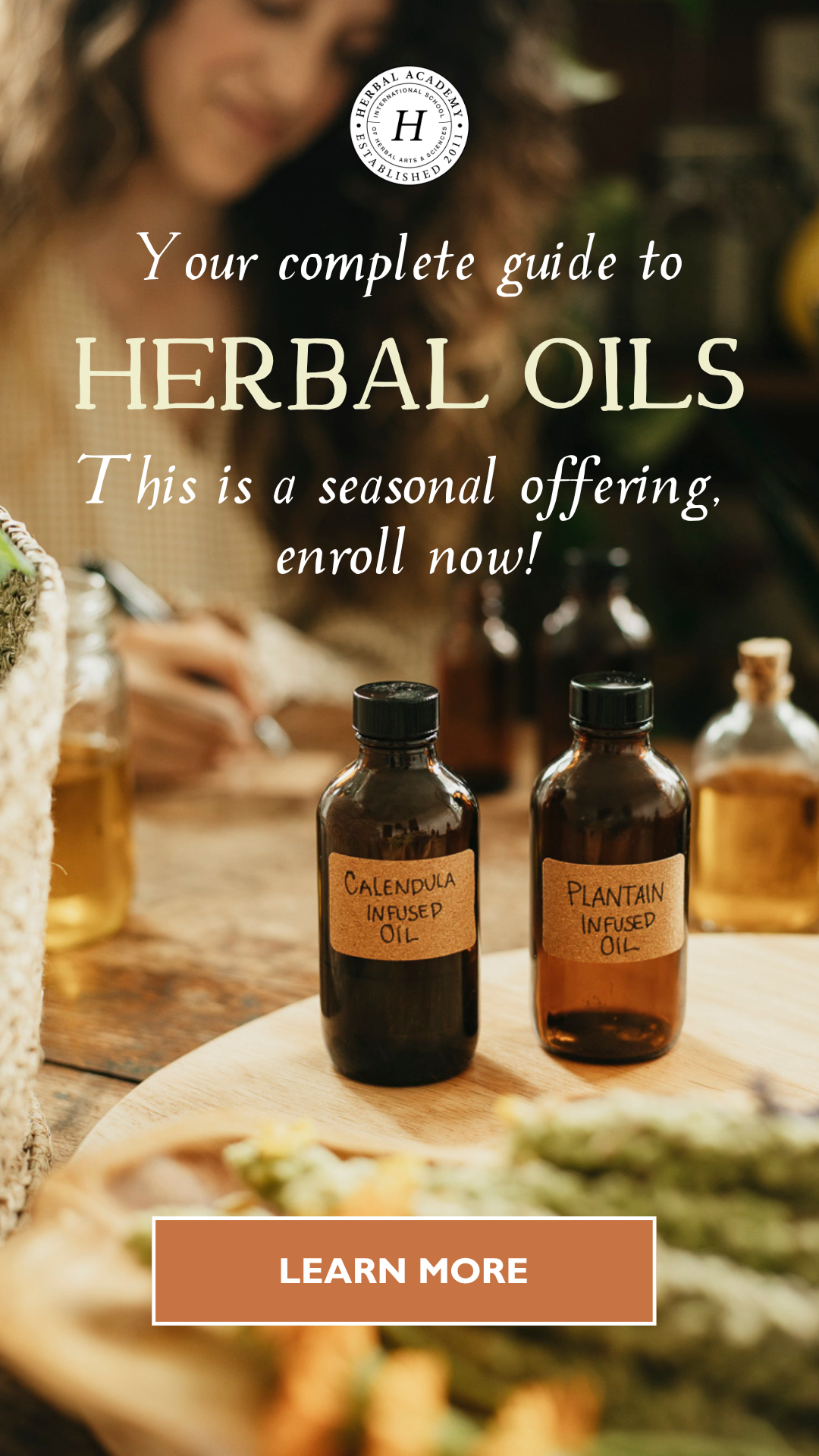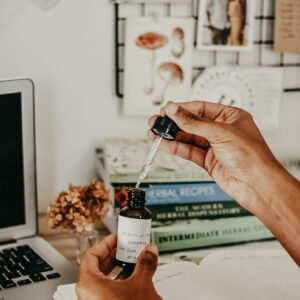
Discover 5 Herbs That Promote Rest
Rest with us, won’t you? As the days grow shorter and cooler, nature itself invites us to slow down. Autumn is the perfect time to turn toward calming herbal allies—herbs for rest and relaxation that help us unwind, reflect, and restore our energy before the busyness of the months ahead. This season reminds us that rest and renewal are not luxuries, but essential parts of the rhythm of life; plants can be gentle partners in helping us find both.
Rest is essential. We know this deeply, but during busy seasons of life, it’s easy to forget to create space for this basic need. Herbs that support rest and the nervous system offer a simple way to reconnect with calm and restore balance. Rest is where we integrate our bodies, hearts, minds, and spirits. Rest is when we accept the changes of life and become one with the new self that is constantly forming. Rest is also where we renew and rejuvenate our energy for the future.
Sometimes, it may feel difficult to give ourselves permission and surrender in a world that seems to value ‘doing’ over ‘being.’ Thankfully, relaxing herbs can help us shift from go-mode into ‘rest-and-digest’ almost effortlessly. Release the pressure to do more this season with these five restful herbs:
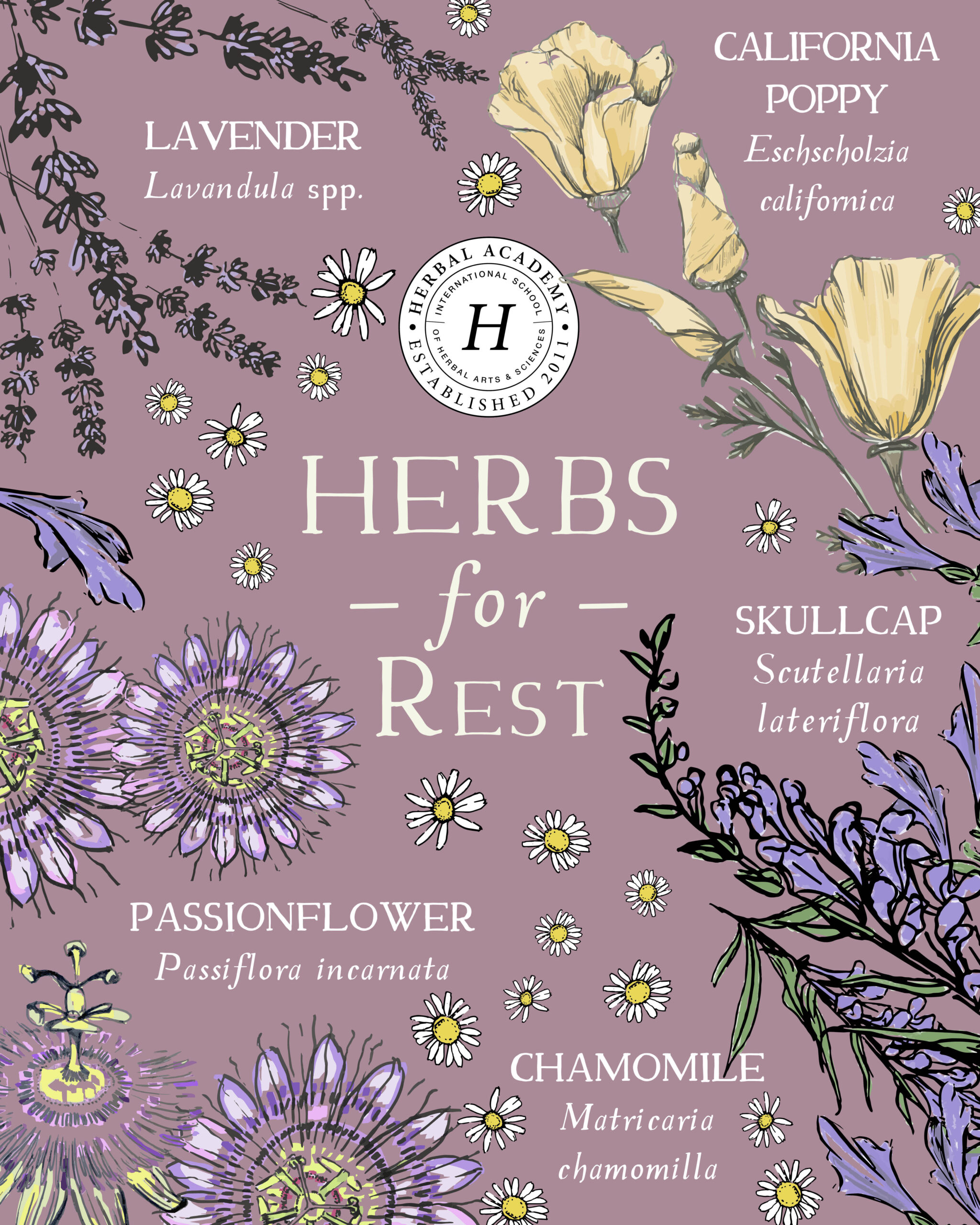
Five Herbs for Rest
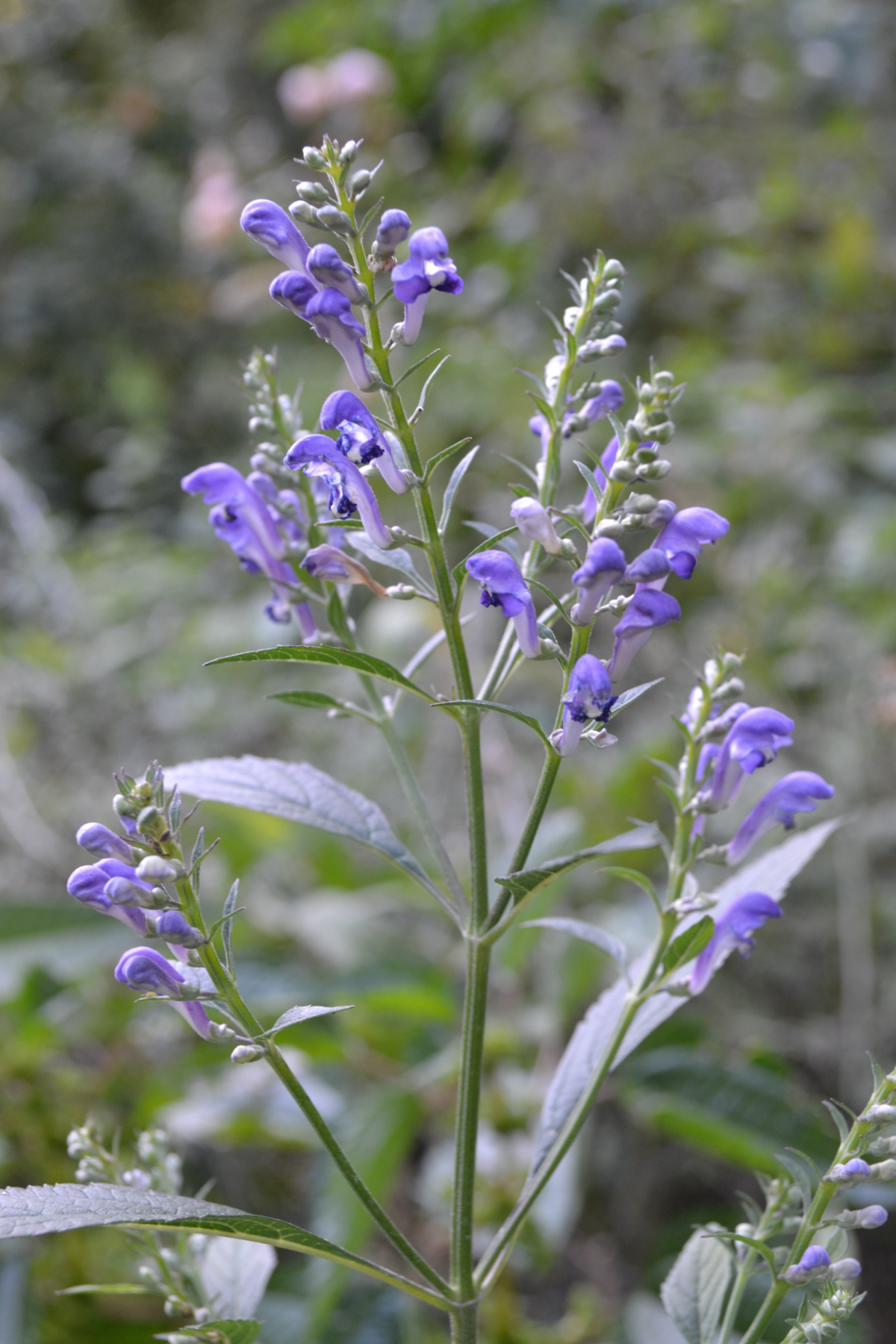
Skullcap (Scutellaria lateriflora) Aerial Parts
Skullcap holds a cherished place among herbalists for its ability to calm and restore the nervous system. With nervine, anxiolytic, relaxing, and potentially sedative properties, skullcap is especially valued when the mind or senses feel overstimulated and is often employed to support those experiencing anxiety or insomnia.
Like a cozy nightcap, keeping relaxing thoughts in and stressful thoughts out, skullcap promotes rest, setting the scene for relaxation and recovery. Calming without being strongly sedating, skullcap is known by herbalist David Hoffmann (2003) as “perhaps the most relevant nervine available to us in the Western materia medica. It effectively soothes nervous tension while renewing and revivifying the central nervous system” (p. 582). Energetically cooling and slightly bitter, skullcap helps ease agitation, tightness, and that “tired but wired” feeling that comes from prolonged stress.
Enjoyed as a warm tea or tincture, skullcap pairs beautifully with many other restful herbs, including chamomile (Matricaria chamomilla) flower, lemon balm (Melissa officinalis) aerial parts, linden (Tilia spp.) flower and bract, and milky oat (Avena sativa) seed.
Nerve Tea with Oatstraw and Skullcap

Chamomile (Matricaria chamomilla) Flower
A warm, floral hug in a cup, chamomile is a classic herb of rest. Its delicate, apple-scented blossoms carry a gentle yet powerful ability to soothe the nervous system and ease the body toward rest. Traditionally valued as a nervine, mild sedative, and antispasmodic, chamomile helps release tension from the mind and muscles alike, making it an ideal ally for those who struggle to unwind at the end of the day.
Chamomile’s nurturing touch extends to emotional rest as well. Its gentle anxiolytic action helps calm irritability, impatience, and worry, particularly when stress stirs up sleeplessness. Its cooling and slightly bitter nature also soothes the digestive system, easing stomach tension that often accompanies stress.
A nightly cup of chamomile tea can serve as a ritual of release, signaling the body that it’s safe to let go. Whether sipped slowly before bed or inhaled through the fragrant steam, chamomile invites both body and spirit to settle.
Chamomile flower tea offers a mild, pleasant flavor that is considered safe for all ages, including children (Easley & Horne, 2016). That said, chamomile can cause allergic reactions in individuals who are sensitive to plants in the Asteraceae family (Hoffmann, 2003).
After Dinner Tea Recipe with Chamomile, Fennel, and Orange
Once in a Blue Moon Milk Recipe with Ashwagandha and Chamomile
Herbal Bath Tea with Chamomile and Rose

Passionflower (Passiflora incarnata) Aerial Parts
For those on the go-go-go train, passionflower aerial parts offer a gentle invitation to slow down and calm any cycling thoughts that are interrupting your ability to rest. Traditionally regarded as one of the most reliable nervine and sedative herbs, passionflower helps quiet a restless mind and ease the body out of cycles of overstimulation and tension. Passionflower offers respite and the ability to renew the self.
Herbalist Matthew Wood (2009) notes that passionflower helps “cut out excessive internal chatter,” allowing a quiet focus during the day and peaceful rest at night (p. 263). It restores balance to the nervous system by relaxing both mind and muscles, easing tension, lowering pulse and blood pressure, and supporting steady breathing (Ellingwood, 1919), making passionflower a nice option for those experiencing anxiety and stress.
Whether enjoyed as a calming tea or tincture, passionflower offers a moment of stillness amid the noise, helping the body unwind, release, and renew itself through true, restorative rest.
7 Things You May Not Know About Passionflower
Headache Tea Recipe
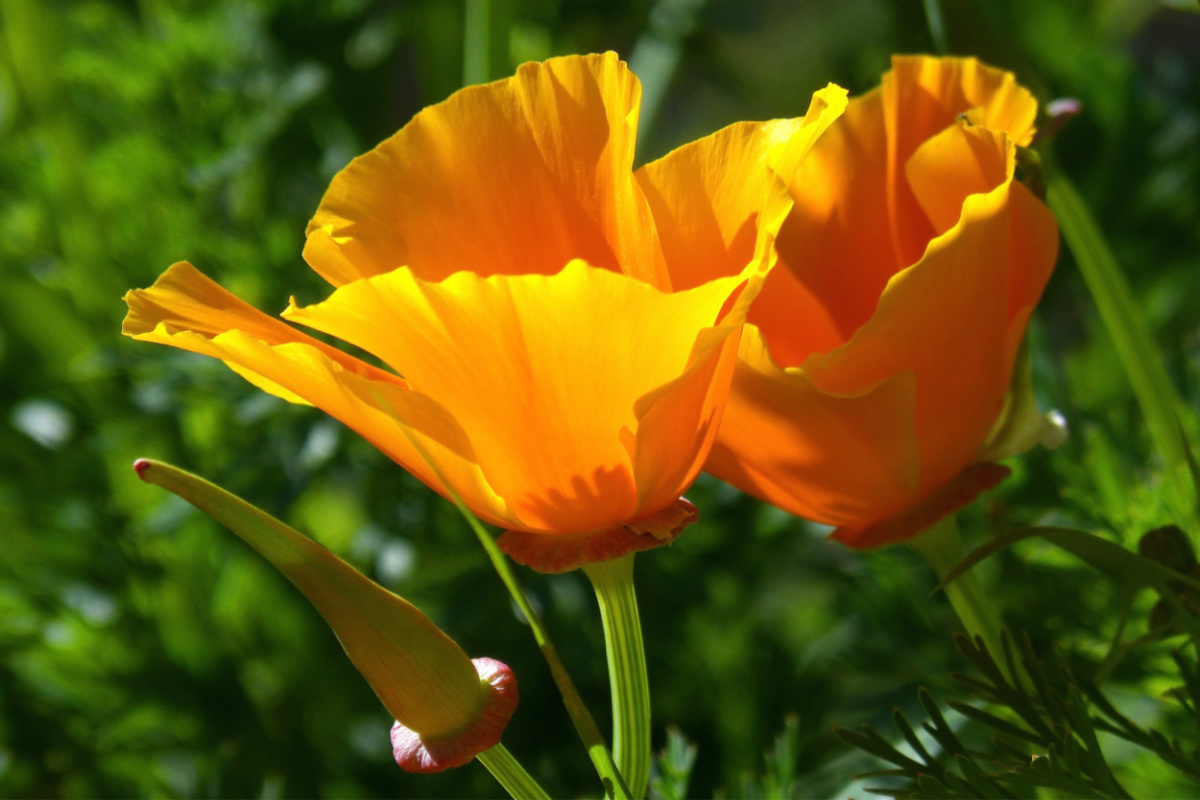
California Poppy (Eschscholzia californica) Whole Plant
Long used by herbalists for stress and insomnia, cheery California poppy is a delightful relaxant that helps both mind and body to process the events of the day. This bright wildflower carries gentle sedative and anxiolytic properties that help to calm racing thoughts and settle restlessness. Research suggests its key alkaloids, californidine and eschscholtzine, act on GABA and serotonin receptors (Gafner et al., 2006), while other studies indicate protopine, another alkaloid, appears to modulate GABA receptor activity in animal models (Kardos et al., 1986). Although further clinical trials are needed, these findings support the traditional use of California poppy in promoting a sense of ease and emotional balance while helping the body release tension.
Herbalists often suggest California poppy to ease insomnia, anxiety, and stress-related muscle tension, noting that it can be especially supportive when mental overactivity prevents deep rest. California poppy offers a bridge between wakefulness and sleep, allowing the nervous system to unwind at its own pace. Smaller amounts tend to bring calm and focus, while larger amounts impart a stronger sedative action, helping to quiet the mind and promote sustained rest.
Enjoy California poppy as a tincture, infusion, or infused oil to support relaxation of both body and mind. Because of its sedative properties, California poppy may cause drowsiness and should not be used before driving or operating machinery. It may also increase the effects of alcohol, prescription sedatives, or other central nervous system depressants and is best avoided during pregnancy due to potential uterine-stimulating effects. While low amounts are generally considered safe for children, it is not suggested for infants (Cech, 2016).
California Poppy Benefits + Recipe
Wildflower Cordial
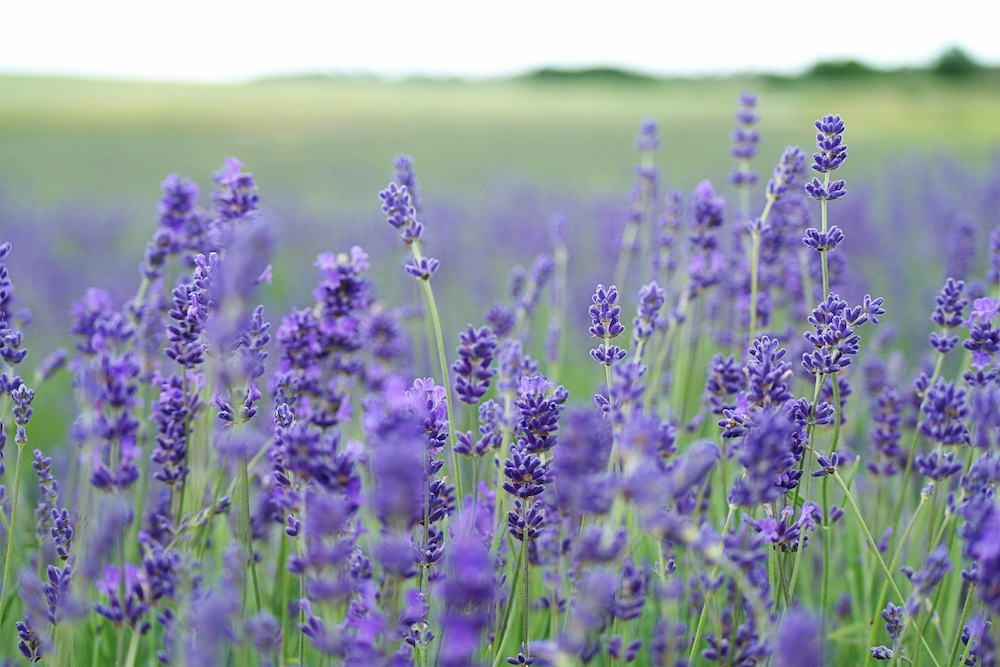
Lavender (Lavandula spp.) Flower Bud
Lovely lavender encourages deep restoration for both the body and mind. Known for its cooling, nervine, and mildly sedative properties, lavender helps ease tension, calm anxious thoughts, and prepare the body for restful sleep. Its aromatic volatile oils, especially linalool and linalyl acetate, act on the nervous system to reduce stress and lower blood pressure, heart rate, and respiratory rate. Herbalist David Winston (2014) notes that lavender can help shorten the time it takes to fall asleep while improving sleep quality, making it a helpful ally for occasional insomnia.
Whether inhaled, sipped as tea, or added to a bath, lavender works through both its aroma and its constituents to calm the body and mind. Studies suggest that its scent can ease anxiety and depression (Kim et al., 2021) while lavender’s gentle antispasmodic, carminative, and nervine properties help relax muscles, support digestion, and quiet the nervous system, creating harmony between emotional and physical rest. This beautifully fragrant herb of tranquility helps our brains to embody relaxation, supports restful sleep, and rejuvenates the nervous system.
Butterfly Pea Flower Latte with Lavender Rose Cold Foam
Lavender Sachets and Dream Pillows
How to Make Lavender Shower Steamers
In Closing,
As the seasons turn, remember that rest is an essential part of wellness. By incorporating herbs like skullcap, chamomile, passionflower, California poppy, and lavender into your daily rhythm, you support not only the nervous system but also the deeper processes of renewal that sustain you through each season. Take time to unwind, reflect, and restore—your body and spirit will thank you.
Rest well, friends!
REFERENCES
Cech, R. (2016). Making plant medicine. Herbal Reads.
Easley, T., & Horne, S. (2016). The modern herbal dispensatory: A medicine-making guide. North Atlantic Books.
Ellingwood, F. (1919). The American materia medica, therapeutics, and pharmacognosy. http://www.henriettes-herb.com/eclectic/ellingwood/passiflora.html
Gafner, S., Dietz, B.M., McPhail, K.L., Scott, I.M., Glinski, J.A., Russell, F.E., … & Bolton, J.L. (2006). Alkaloids from Eschscholzia californica and their capacity to inhibit binding of [3H]8-Hydroxy-2-(di-N-propylamino)tetralin to 5-HT1A receptors in vitro. Journal of Natural Products, 69(3), 432–435. https://doi.org/10.1021/np058114h
Hoffmann, D. (2003). Medical herbalism. Healing Arts Press.
Kardos, J., Blaskó, G., & Simonyi, M. (1986). Enhancement of gamma-aminobutyric acid receptor binding by protopine-type alkaloids. Arzneimittelforschung, 36(6), 939-940.
Kim, M., Nam, E. S., Lee, Y., & Kang, H. J. (2021). Effects of lavender on anxiety, depression, and physiological parameters: Systematic review and meta-analysis. Asian Nursing Research, 15(5), 279–290. https://doi.org/10.1016/j.anr.2021.11.001
Winston, D. (2014). Herbal therapeutics: Specific indications for herbs & herbal formulas (10th ed). Herbal Therapeutics Research Library.
Wood, M. (2009). The earthwise herbal: A complete guide to new world medicinal plants. North Atlantic Books.

